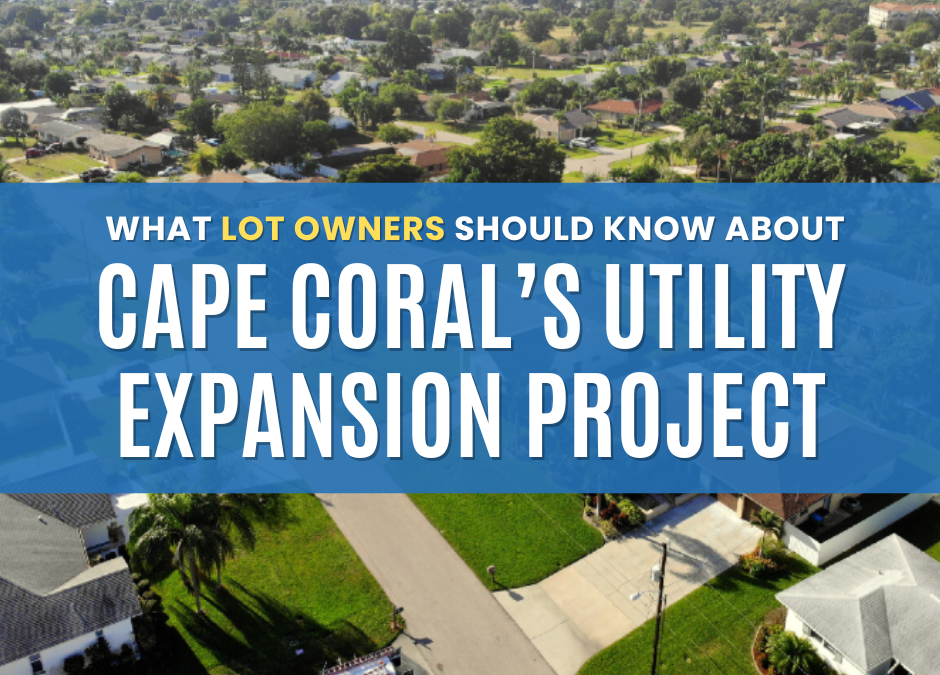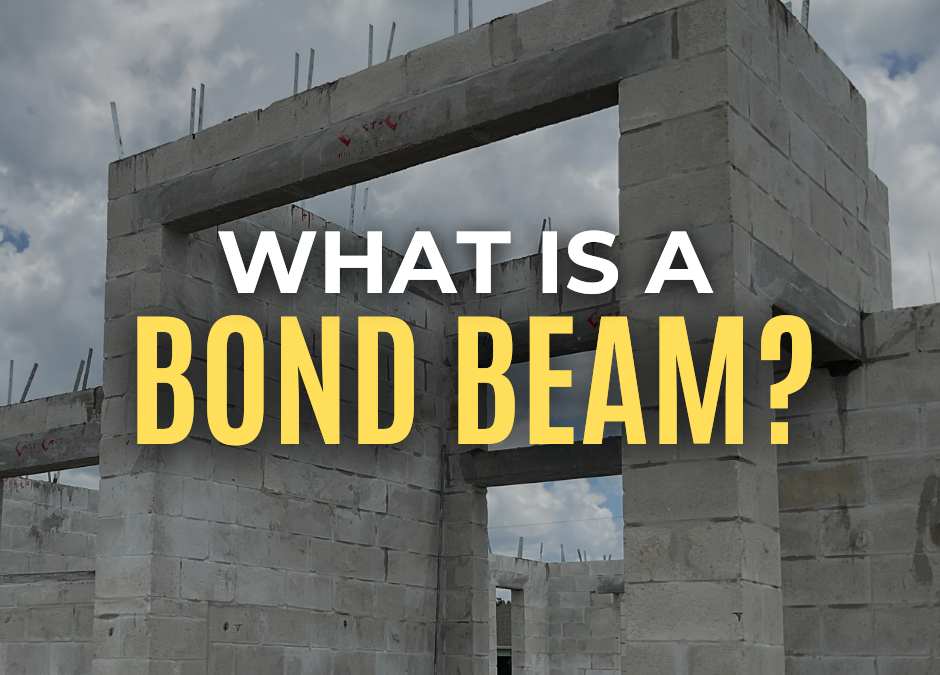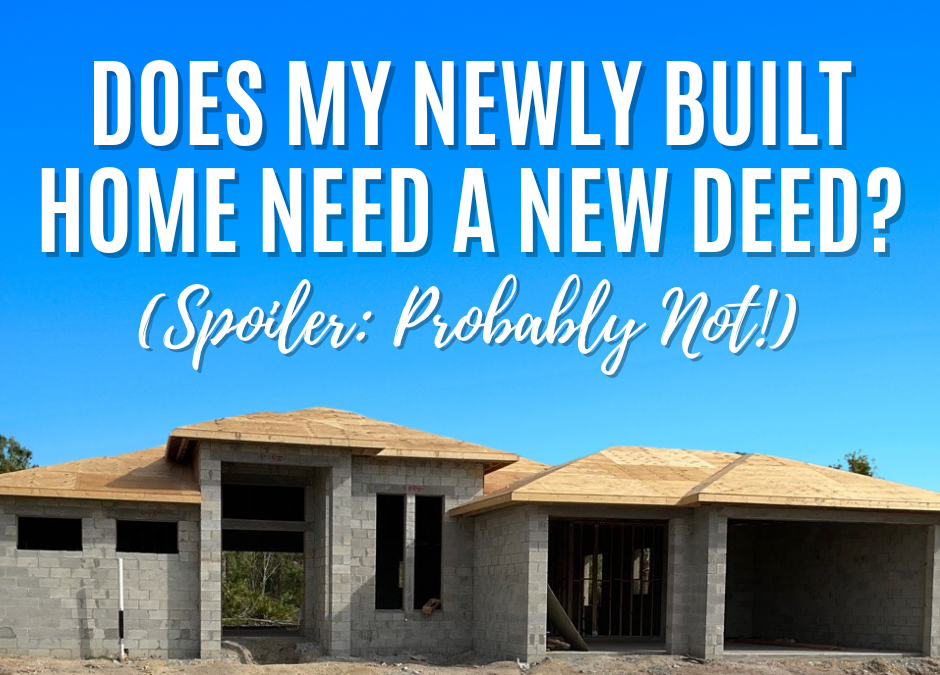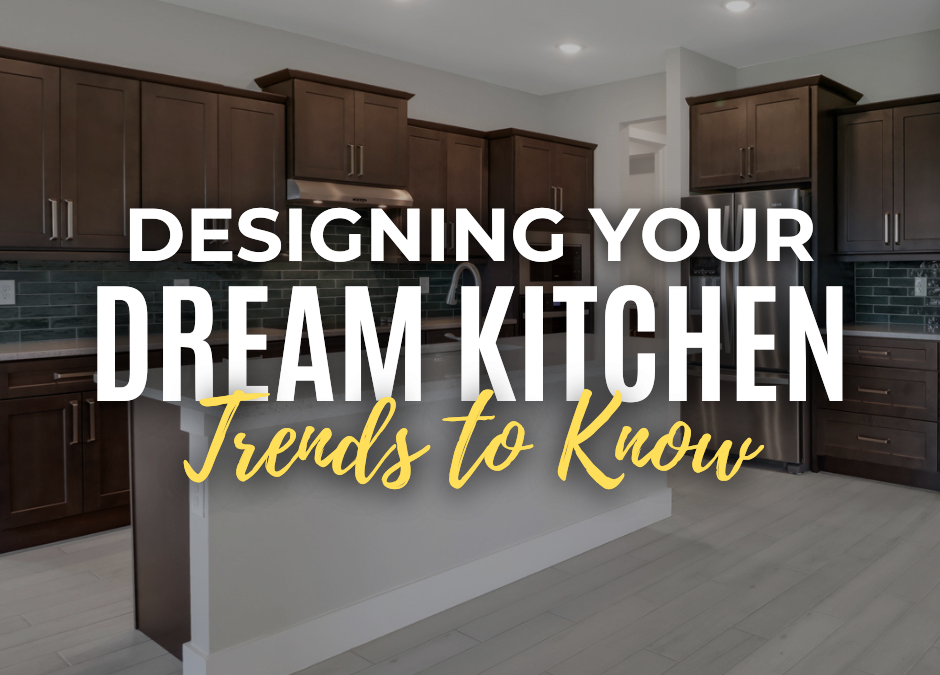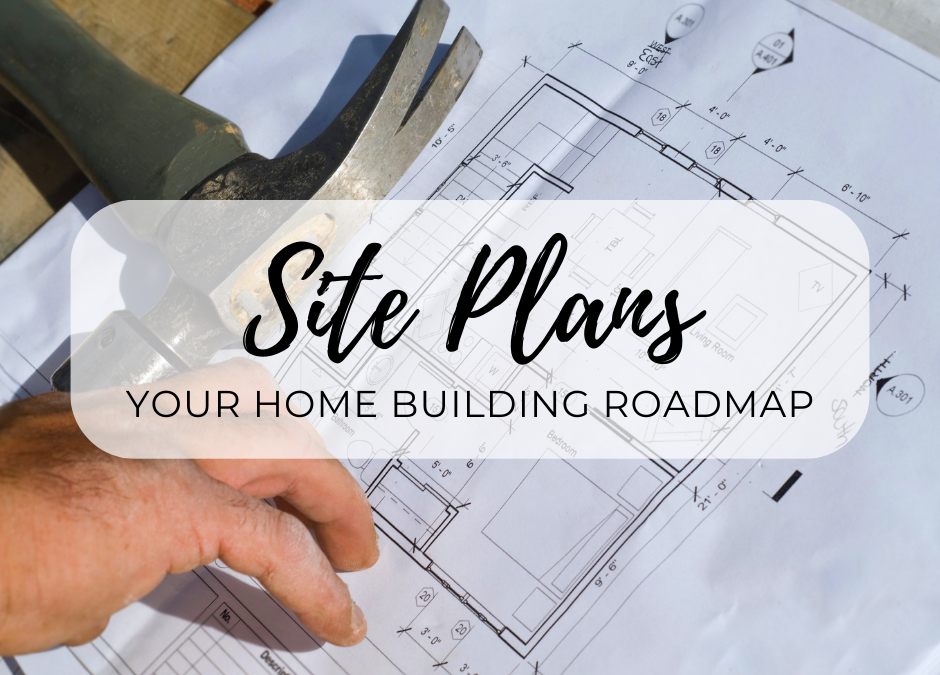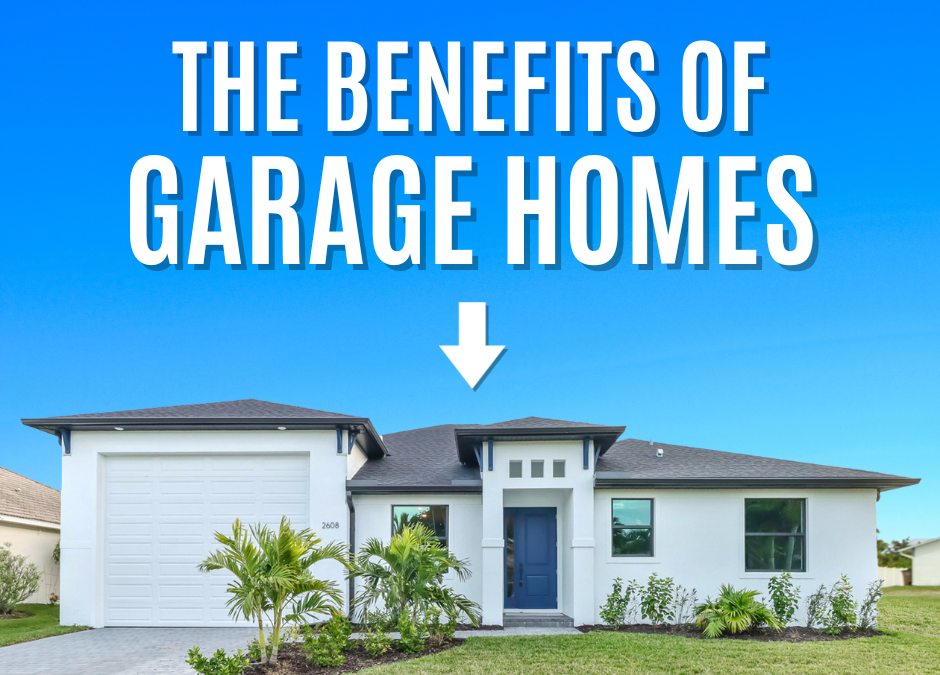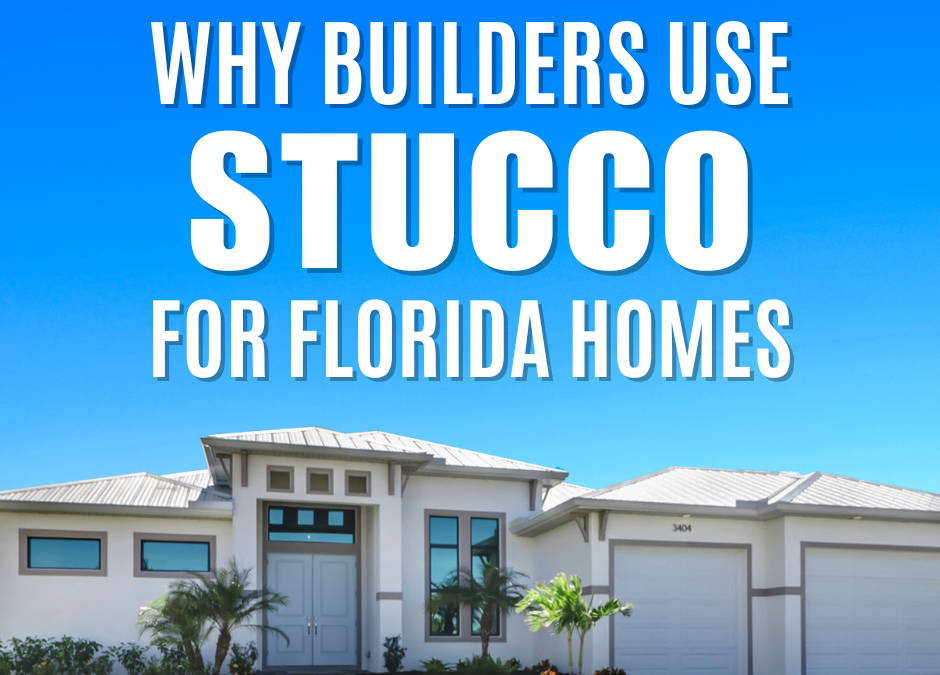If you’ve purchased a lot in Cape Coral or are considering buying one, there’s big news that could affect your build timeline and potentially increase your property’s value.
Cape Coral is actively rolling out its Utilities Extension Project (UEP), an effort to bring city water, sewer, and irrigation to previously undeveloped areas.
As a home builder actively working in Southwest Florida, we know that access to utilities is one of the biggest factors when it comes to determining when and where you can build. That’s why we’re keeping a close eye on the UEP progress—and you should too.
What Is the Utility Expansion Project (UEP)?
The UEP is Cape Coral’s long-term investment in public infrastructure, adding city utilities to neighborhoods that were previously on well and septic. Not only does this improve environmental sustainability and quality of life, but it also opens the door for residential construction on thousands of lots.
The city breaks the expansion down by zone. The current focus is North 1 West, covering areas between Del Prado Blvd, Santa Barbara Blvd, and Kismet Parkway. Construction officially began in summer 2023.
➡️ Weekly updates are being provided using an interactive map on ccuep.com.
If your lot is in one of these active areas, it could be closer to build-ready than you think.
Why Utilities Matter Before You Build
If your lot is currently in a zone under active development, it’s smart to start planning your new home build now—even if utilities aren’t fully live yet. Here’s why:
- Get Ahead on Permits: Start designing and permitting your home now while utilities are being installed—so you’re one step ahead when service is ready.
- Maximize Your Investment: An empty lot gains real value once a home is built. Turning your land into a livable space is the fastest way to increase your property’s worth.
- Limited Build Slots Available: As UEP areas open up, build demand surges. Getting on our schedule early ensures your project moves forward without delay.
At Sposen Signature Homes, we specialize in building on your lot in utility expansion areas. We work closely with the city’s timelines so you don’t waste a single day.
Recent Watering Restrictions Affecting Lot Owners
As of early 2025, mandatory one-day-per-week irrigation limits have been implemented by the South Florida Water Management District for residents using private wells in the northeast Cape. This is due to ongoing strain on the Mid-Hawthorn Aquifer, the main source of water for those not yet connected to city utilities.
This restriction highlights exactly why the UEP is so critical:
- Lots with city water access are less affected by shortages
- New homes will not rely on vulnerable aquifers
- The UEP is helping solve long-term water issues across the region
Is Your Lot Almost Ready?
Knowing which phase your property falls under is key to your build timeline. We recommend checking your address on the City of Cape Coral UEP website for current progress. If you’re unsure, our team is happy to look it up and give you honest guidance on when to begin the process.
Let’s Build It Right, Together
We don’t just build homes—we build smart. That means advising you on lot readiness, utility status, and helping you make the most of your property investment. Whether you’re ready to build now or just starting to plan, our team at Sposen Signature Homes is here to guide you through every step.
Call us today at 239-244-8886 and let’s talk about building your future home in Cape Coral.

